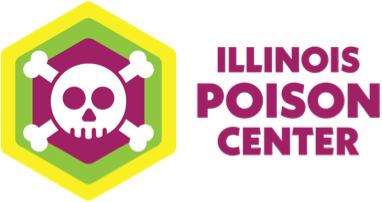Nicotine
Nicotine use in the U.S. has declined significantly since the 1960s when smoking was popular. Yet millions of Americans still use nicotine products today. Smoking cigarettes and cigars is the most common way people take in nicotine. It’s also chewed (smokeless tobacco, dip, chew and nicotine gum), snorted (snuff), applied on the skin (nicotine patches) and vaped (e-cigarettes).
IPC urges parents and caregivers to be mindful that young children may be drawn to nicotine products and can accidentally ingest these product. Nicotine is especially dangerous for kids when ingested and may result in nicotine toxicity, which needs to be treated immediately.
Immediate Effects of Nicotine
Nicotine is a stimulant that comes from the tobacco plant. The immediate, short term effects of nicotine are the same no matter how the exposure occurs. These include:
Dizziness
Headache
Nausea
Abdominal cramps
Vomiting or weakness
Increased heart rate
Confusion
Seizures
Respiratory arrest and death
Preventing Exposure in Children
Always store products up, away and out of sight of kids. Some nicotine products may smell or look like kid-friendly foods. That could tempt children to touch or taste them.
Use caution when refilling or handling nicotine liquids. Wash your hands with soap and water. Clean up any spills immediately.
Talk to your teens about the health effects using e-cigarettes or “vape” products.
IPC is here to help. Call our helpline at 1-800-222-1222 if a child is experiencing symptoms from consuming nicotine. Our toxicology experts are available 24 hours a day, seven days a week to answer your questions and provide treatment advice.
Learn more about nicotine toxicity on our My Child Ate… pages: Chewing Tobacco, Cigarettes, Vaping Products, Nicotine Gum, Nicotine Lozenges and Nicotine Patches.
